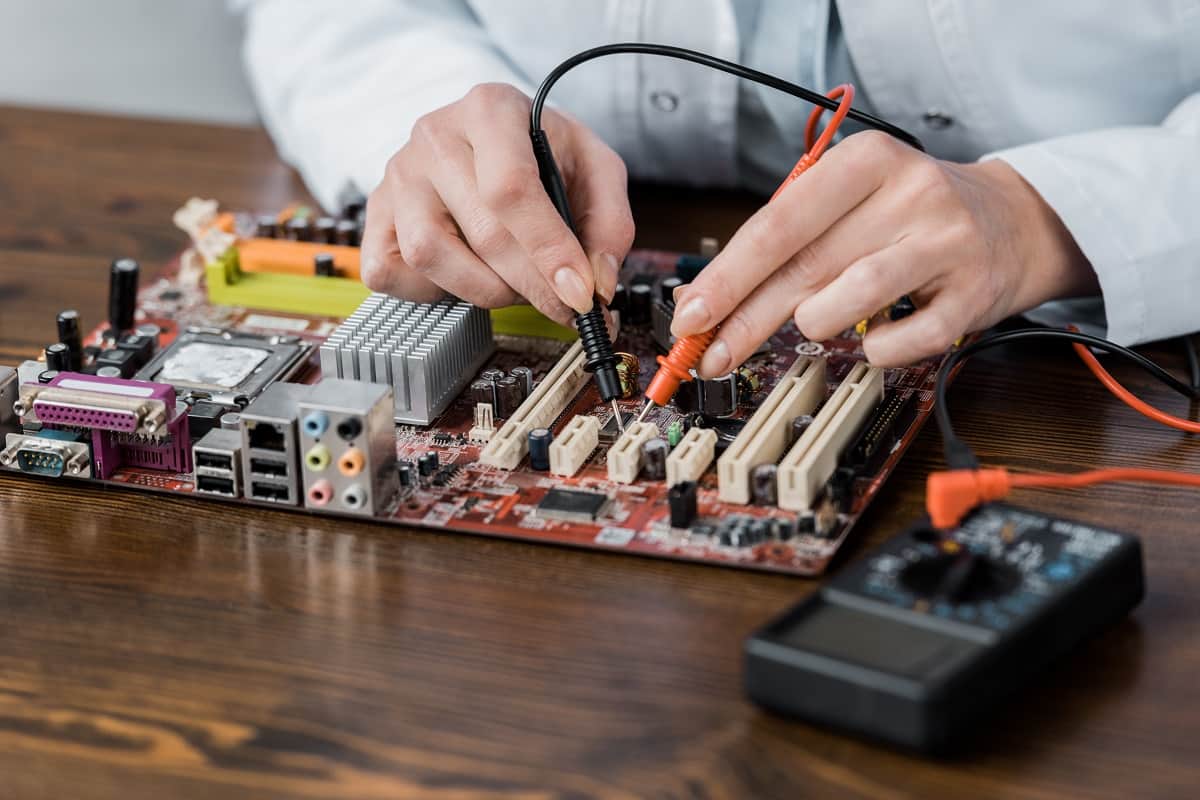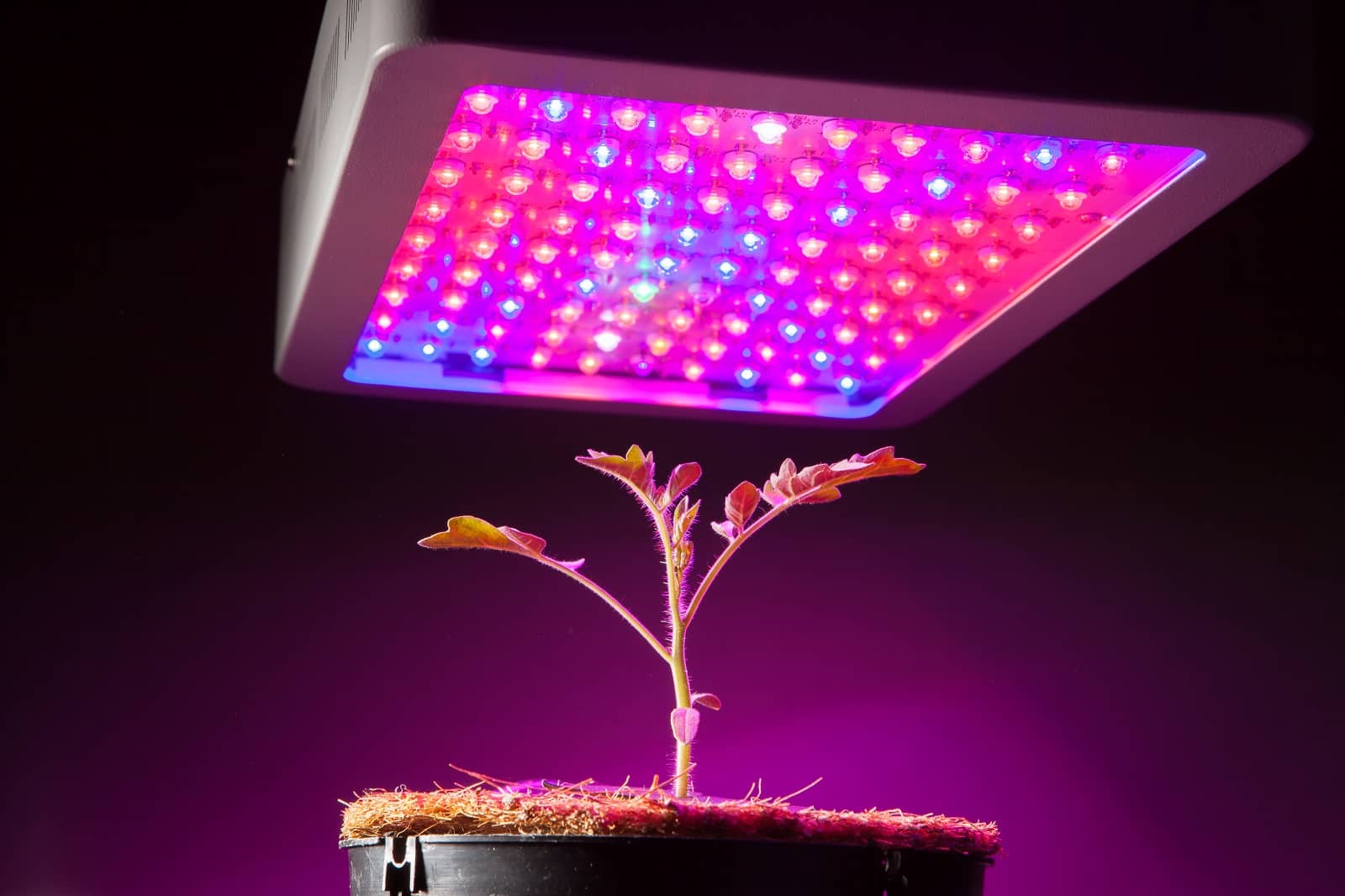As the kitchen is in use, waste management will always be a necessary task. Without performing effective disposal of waste, an unpleasant smell is sure to develop. As waste from the kitchen tends to become quite smelly, quite fast.
The best way to prevent such an issue is to make use of a proper waste disposal method. And what better way than to make use of a kitchen garbage disposer.
Not many people know how to use this contraction. In this post, you will learn how to use a garbage disposal. Along with that, you will be shown actions to take in order to maintain it. For instance, what should go down the garbage disposer and what you should prevent from going down the garbage disposer.
Contents
What is the thing?
DON’T MISS: 5 Best models of garbage disposals
Before we move into the important details, let’s have a discussion about what are you trying to use. What is this system that makes waste disposal a lot easier? How does it work? What is it used for?
Garbage disposal is a small electrical unit that possesses a grinding mechanism that helps to crush waste to a more disposable form. It is installed directly below your kitchen sink’ drain hole.
How does garbage disposal work?
Garbage disposal is an electric unit that possesses hard and sharp blades, capable of cutting food waste into tiny pieces that are easy to dispose of. Once the grinding is done, there is an impeller arm that is present for pushing the ground wastes down the drain As you run your faucet.
What is the waste disposal unit used for?
The name of this electric kitchen unit is pretty much self-explanatory. It disposes of waste, kitchen waste to be exact. Although, not all kinds of waste, like the garbage disposal unit, possess the blades which are fitted specifically to grind up food waste.
Note: Putting several pieces of stones, metals or any non-edible substance will cause the garbage disposal to develop severe damage. In short, don’t put it down the drain if it’s not biodegradable.
Types of a garbage grinder
The continuous feed garbage disposal and the batch-feed garbage disposal are the two types of kitchen garbage disposal units available.
The continuous-feed garbage disposal unit
This type of disposal unit is the most common type used in kitchens worldwide compared to the other type. The reason is that this disposal unit is quite easy to use. This disposal with its wide-open mouth activates immediately with a flip of the switch on the wall.
Note: this is not usually considered the safest type of kitchen disposal unit, as one can be severely injured while digging through the disposal. All it takes is an accidental flip off the wall switch.
Batch-feed garbage disposal
DON’T MISS: How to clean a garbage disposal
The batch feed disposal system is a bit safe but not as easy to use as the continuous feed garbage disposal. Unlike the continuous feed garbage disposal unit which is completely exposed, the batch-feed garbage grinder unit has a stopper lid that gives keeps your arms safe while you dig through the disposal. The stopper-lid automatically deactivates the garbage disposer.
Note: with the stopper lid present, there is no need to worry about the accident such as Turing on the garbage disposal while toy digs through with your hand or while a piece of cutlery finds its way into the garbage disposer.
How to use a composter
The working principle of garbage grinder is the same for both the continuous feed and the batch feed type garbage disposal. Just as it was explained earlier, the garbage disposal will require a flip of a switch in order to activate. The garbage grinder then grinds the food particles with their sharp blades.
Once the grinding is done, you make use of an impeller. That part will help push the ground waste down the drain.
Maintaining your garbage grinder
Maintenance can be another way of using the garbage disposal. It’s more like a safer approach to handling or using a garbage grinder, just like any other device, contractions or machines.
The garbage grinder function is to grind up waste and dispose of them effectively, despite the sharp blades there is a limit to its ability.
What not to put in the garbage disposer
The kitchen drain should not be handled like ‘a volcano’ thinking it will solve all your issues if you just throw it down the wide hole.
The difference between a volcano and a garbage grinder drain is pretty obvious, the volcano doesn’t get damaged due to what is thrown in. The same cannot be said for the garbage disposal unit, the wrong object or substance can completely damage the unit, rendering it inactive.
Below is a list of what you prevent from forcing down the garbage grinder. The list consists of certain solids and liquids.
Shells: the shells of shrimps, crabs or Any crustaceans can cause problems for the garbage disposer. Although it may be able to grind the shells if it’s done consistently the blades are sure to be damaged.
Banana peels: these may seem ideal to put through garbage grinders due to their soft feel, but they are super fibrous. You would gain a lot if the banana peel was tossed into your compost.
Grease: fatty substances such as grease should be prevented from being poured through the garbage disposal, As grease tends to coagulate into a large oily blob that can clog up your pipes.
Pasta: this would be a very bad idea. Do not toss the pasta into the garbage disposal. If you do, in the long run, you will be left with clogged pipes. The reason is that the pasta expands when applied with water, even after being sliced to pieces, the pasta will still expand.
Small bones: it’s hard to structure can cause problems for the waste disposal unit. Some may get stuck along the pipe, causing the pipe to be blocked. If the bones are small in size it is then safe to throw them down the waste disposal unit.
Jim Powell
Jim is our staff editor and writer. He has a degree in engineering. His hobbies are radio engineering and new technologies about which he has been writing for more than 7 years.



